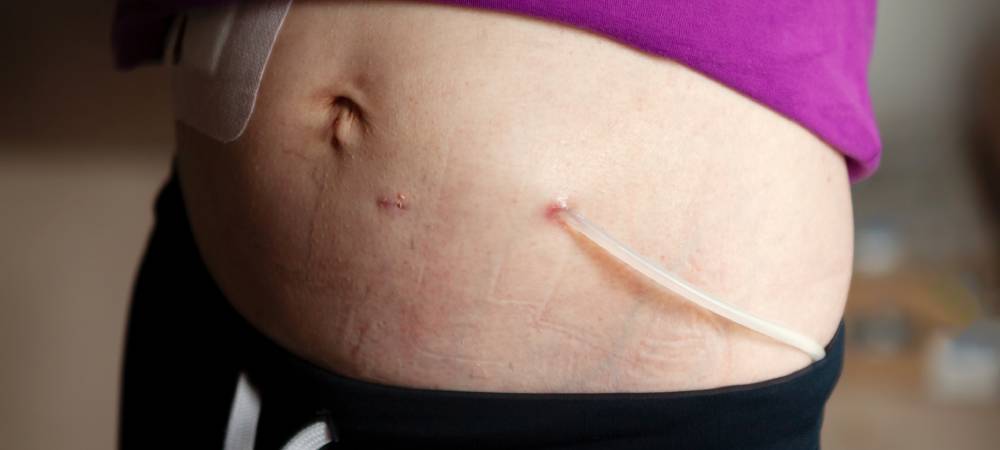- Kidney Stone Treatment
- Andrology consultation
- Urology consultation
- Urinary tract infections
- Pediatric Urologist
- Cancer Surgery
- Urethral Stricture treatment
- CAPD cathersiation
- AV Fistula Surgery
- Male Infertility & Andrology
- Reconstructive Urology
- Genitourinary tract Cancer
- Prostate Cancer Treatment
- Bladder Cancer
- Kidney Cancer
- Ureter stones
- Bladder Stones

CAPD cathersiation:
Before starting peritoneal dialysis (PD), a peritoneal dialysis (PD) catheter should be inserted to remove waste products and toxins from the body. The only type of dialysis access used for PD, the PD catheter is inserted from the abdomen through the peritoneum into the peritoneal cavity. The peritoneum is a thin membrane that nourishes the abdominal wall.
You can feel comfortable by learning the details of the placement procedure. Everything you need to know is here.
What Happens During PD Catheter Placement?
PD catheter placement is typically performed as a minimally invasive procedure in an outpatient setting. Many vascular access centers perform percutaneous catheter placement, which is far less invasive than surgery. Percutaneous catheter placement is performed using fluoroscopy—an imaging technique that uses X-rays to help your vascular specialist view the inside of your abdomen.
- This procedure requires only local anesthesia and sedation. Your vascular specialist begins by using a fine needle to make a series of small punctures in your skin to access the peritoneum. The PD catheter is then passed through a small tunnel in your belly into the peritoneum and secured in place. A PD catheter is made of silicone or another soft, flexible medical-grade material.
- Your catheter will have cuffs on it to prevent it from shifting and moving around, and that helps keep bacteria out of the tunnel and exit site. The PD catheter exit site is typically placed to the left or right of your belly button, you should discuss your personal placement preferences with your vascular specialist.
- As you recover, your tissue will grow around and fill in part of the exit site as well to prevent the catheter from moving. After the PD catheter has been inserted, your vascular specialist will place sutures around the catheter on the outside of your abdomen and cover the site with a sterile dressing. PD catheter placement can usually be performed in under one hour. However, you may spend additional time in the recovery room before going home so your vascular access team can monitor you for complications after the procedure.
Here are Some ways to prepare for your catheter placement:
- Do not consume food or liquids after midnight on the evening before your procedure.
- Follow your doctor’s instructions for using blood-thinning medications if you typically use these drugs.
- Continue using medications as directed with only a small sip of water.
- Arrange for transportation to and from the vascular access center since the medications given during your procedure may make you drowsy.
What to Expect after PD Catheter Placement?
You may experience mild pain, discomfort, loss of appetite, and fatigue following PD catheter placement. All of these symptoms are normal and will eventually resolve on their own within a few days.
Keep your dressing dry at all times and do not shower or expose your access site to water without approval from your doctor. Do not remove the dressing covering your access site, since this could expose your healing wound to bacteria and increase the risk for infection. The vascular specialist will remove the dressing for you at your next appointment.
Continue taking stool softeners for three to four days following your PD catheter placement to avoid constipation. This is especially important if you are taking prescription painkillers since these medications can worsen constipation.
Contact your doctor immediately if you experience warmth, swelling, redness, or discharge at the access site. These signs can indicate a possible PD catheter infection.
Follow these rules for PD catheter care to reduce your risk for peritonitis:
- Wash your hands thoroughly with soap and water before and after handling your catheter.
- Clean your access site every day to eliminate bacteria.
- Store your dialysis supplies in a clean, dry, and cool place.
- Perform dialysis in clean, dry places that are well lit to reduce contamination risk.
- Wear a surgical mask each time you open the end caps of your PD catheter.
- Thoroughly inspect every bag of solution for signs of cloudiness and contamination before use.
- Avoid wearing tight, restrictive clothing and belts near the access site. (vi)
- Keep sharp objects like scissors away from your catheter at all times.
- Keep the catheter taped against your skin to prevent it from catching on clothing and other objects.
How to Book An Appointment?
Dr. Yogesh Torkadi at Urovision Kidney Super Speciality Clinic provides the best treatment for various urological diseases in Sangamner. For more information about our comprehensive treatment options, or to request an appointment with the best Urosurgeon in Sangamner call 07666109771 or Click on Book Appointment for online booking with your near hospital.

